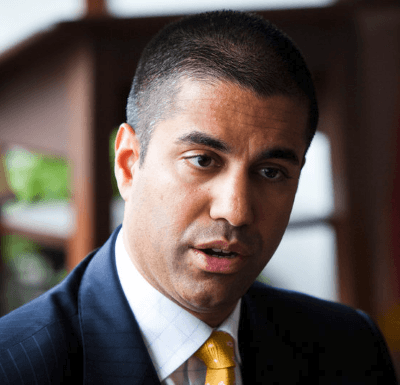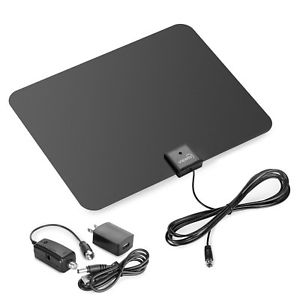
A typical flat/mud flap style antenna.
Proliferating in online ads, newspapers, and sometimes on television, “revolutionary” new antennas are being advertised claiming to replace cable television while getting most (if not all) of the same channels over the air for free.
These misleading scams have been around for several years. We covered one well-funded ad campaign for “Clear Cast” back in 2011. That particular over-the-air antenna was sold through newspaper ads designed to mimic a newspaper story, with bold headlines like “New Invention … Gets Rid of Cable and Satellite TV Bills.” Those who spent upwards of $50 received a slightly dressed-up bow-tie antenna barely suitable to receive UHF TV stations and worked about as well as a similar antenna selling for $1.49.
With the first wave of misleading ads well behind us, marketers have had to work overtime to reinvent the wheel and convince people to spend $40-50 for what usually cost the company under $5 to manufacture.
Now, instead of the “Clear Cast” antenna, there is the “ClearView HDTV Antenna,” marketed by a company named True Signal. It’s hardly alone. The Octa Air, The Fox, and many others are nearly-identical “mud flap”-style antennas, with a tiny “antenna” embedded inside. The concept marginally works when the owner attaches it to a window, which gives it more signal to work with than an antenna placed in the corner of a room.
The ad copy on the manufacturer’s website is usually over the top but is nothing compared to some of the advertiser-sponsored editorials — “advertorials” published by bloggers, third party advertisers, and fly-by-night websites that exist primarily to cash in on sales commissions. More than a few of those stretch marketing claims into the stratosphere.
Goodsavingstips.com is designed to look like an online combination of a high-tech website and Consumer Reports. In fact, it is a website that reviews products, but has a financial incentive to write glowing reviews to encourage you to buy whatever they write about.
Goodsavingstips stretches the truth about the ClearView antenna more than a salt water taffy machine on the Atlantic City Boardwalk:
If you could stop paying for cable or satellite TV and still get all of your favorite TV channels in HD for FREE, would you do it? Millions of Americans are doing just that, thanks to a brand new rule in 2018 that allows certain regions access to free TV.
Thankfully, if you live in an area where this new rule went into effect, you no longer need to give your hard earned money away to the big cable companies. As a result, Americans are now cutting the cord on their cable companies in record numbers, saving them thousands of dollars.
Up until 2018, cable companies were allowed to “scramble” their channels so that the general public could not access them without paying for their service. However, that all changed starting in 2018, with the government ruling that TV signals are public property and “belong to the people”. Ever since this rule went into effect, the big cable companies are panicing [sic] because many Americans will no longer need to pay for cable or satellite tv to get their favorite channels in HD. As long as you live in a publicly broadcasted [sic] area, it is now possible to watch all of your favorite channels for free with a TV antenna.
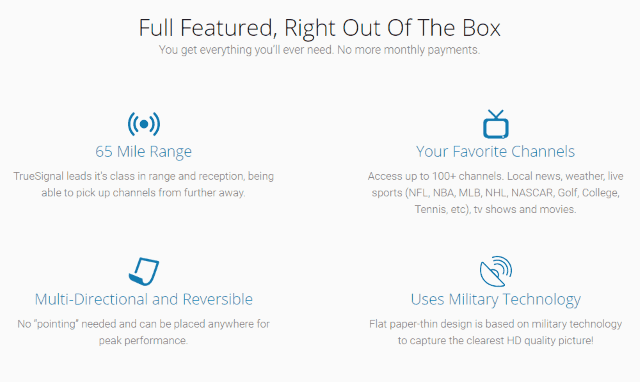
Boastful claims about the TrueSignal antenna.
Several antenna companies market their antennas using similar language. There is, in fact, no 2018 “new rule” suddenly mandating your access to free TV. You have been able to watch free TV for decades. Notice the ad copy does not directly state you can receive cable and satellite channels over the air. It only states you can watch “all your favorite channels,” which in this case better be local TV stations and not networks like USA, TNT, CNN, etc. Consumers did not need a new rule to cut the cable TV cord. They just needed competition.
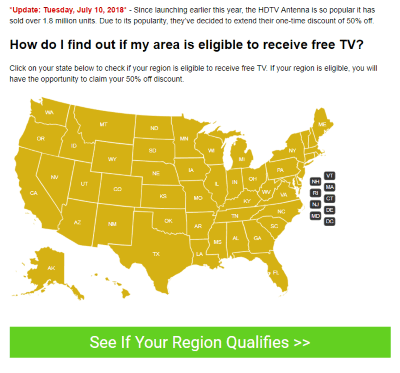
A map invites consumers to see if “free TV” is available in their state. Unsurprisingly, it is in all 50 states.
The rules regarding scrambling have only toughened against consumers over the last few years, not improved. Cable operators are now permitted to encrypt their entire TV lineup, even those channels customers used to watch using a built-in QAM tuner. The encryption allows cable companies to disconnect service from the office instead of dispatching a truck to physically disconnect the line going to your home or apartment.
However, not all TV antenna’s will work. In an attempt to block the public from picking up their TV signals, the cable companies are broadcasting their signals at very low frequencies since most antenna’s will not be able to pick them up. The trick is to get an antenna that can reliably pick up these low frequency signals, and up until now, there hasn’t been an antenna advanced enough to pick these signals up reliably. (There are other antenna’s out on the market, but they fail miserably in comparison to this one).
This is plainly false. Cable companies do not “broadcast” signals over the air. They send them through cables, hence the name “cable” television. Most cable systems also encrypt their digital lineups and no television antenna alone will decrypt them. If we were charitable, we could hazard a guess the reviewer is trying to suggest there are low-power television stations out there which need a better antenna to receive clearly, but these stations are independent of cable operators, don’t transmit on “very low frequencies,” and have been around for years.
Developed by a NASA engineer using military technology, the ClearView HDTV Antenna was just released this year so that it could specifically pick up these signals reliably and has been hailed as the only “super” HDTV antenna. It uses a discrete mud flap modern design which makes it the most reliable and technologically advanced antenna to hit the market today. It can pick up signals out to 60 miles with no problem (as well as the low frequency signals) to enable you to receive free crystal-clear HD channels.

Phillip Dampier: Debunking mode.
Misleading. In fact, the original design for the so-called “mud flap” antenna came from a Raleigh, N.C. based company Mohu. The company began as a small military contractor and the original intent of the antenna was not to receive free cable television. Mohu’s founder, David Buff, was working under a military contract to research new ways to counteract improvised explosive devices (IEDs) that were used against our armed forces in Iraq and parts of Afghanistan. He devised a low/no-profile antenna that closely resembled a mud flap attached to armored military vehicles that would jam the remote wireless signals used by insurgents to detonate roadside bombs. The military chose a different approach. So if the people selling these antennas were honest, they would have to say, “Developed by a military contractor but rejected by the military itself….”
Buff would later expand Mohu as a consumer antenna company, but suggests his proprietary design isn’t the result of the ‘space age’ antenna, but rather the signal amplifier attached to it. But that is hardly groundbreaking if an antenna cannot receive enough signal to amplify.
The “reviewer” promoting the ClearView antenna (who will earn a percentage from every sale that results from a click on his website) was amazed with the results:
What happened next was astonishing…
We turned the TV on and found ourselves staring back at an incredibly clear channel in HD. We kept flipping through channels and to our amazement, every channel was crystal clear. Best of all, we received almost all of the most popular channels you would get with cable.
All in all, we were able to access 68 channels in 1080 HD. It was as if we were getting free cable or satellite TV.
Now, before you cancel your cable or satellite subscription, it is important to note that there were a few channels that we could not get with the antenna. But in the end, we were able to receive about 85% of the same channels and more importantly, they were the most popular channels that people actually watch.
The verdict:If you want to save thousands of dollars and stop paying for cable or satellite tv, and don’t mind losing out on a few random channels you probably won’t even watch….

Up and coming technology: A wireless over the air antenna that receives signals from the best place in the house and then sends channels over an in-home Wi-Fi network.
We were not surprised it was deemed astonishing, considering the companies selling these antennas routinely buy sponsored space to promote their products on independent websites or compensate reviewers with a substantial commission if their reviews result in product sales. (Stop the Cap! does not accept sponsored posts or commissions to peddle products.)

The ClearView antenna did not do well for Amazon customers.
What the reviewer experienced was… over the air television, received through an antenna. Because most television stations now broadcast a digital signal, it is not surprising every channel would appear “crystal clear” because the alternative is typically no signal at all. The article continues to mislead readers, however, when it suggests buyers would “receive almost all of the most popular channels you would get with cable.” In fact, antenna users will only receive free, over the air local stations. Getting 68 over the air digital TV channels (and subchannels) is common only in the largest cities with multitudes of over the air stations. Many of those channels target ethnic minorities with foreign language programming, religious programming or home shopping. In most medium and smaller cities, expect 20-25 channels.
Right until the end, the reviewer was prepared to mislead his readers. The disclaimer itself fails to be completely forthcoming as well, telling prospective buyers there were only “a few” channels not receivable with the antenna. That could refer to over the air stations too weak to receive, but the surrounding context invites readers to believe those few channels are cable television networks. Telling people they will receive about 85% of the “same channels” (whatever that means) and “most channels that people actually watch” is true only if you exclude all cable television networks from that list.
The worst part of this is after spending $40 on the ClearView HDTV antenna, a whopping 52% of reviewers on Amazon.com gave it just one star. One reviewer compared it with a bent coat hanger serving as an improvised antenna and the coat hanger won. Most claimed it completely failed their expectations.
These antennas are made and marketed to a gullible public that has either forgotten about the basic principles of television antenna design or were too young to have ever used one. Many of the “high-tech” antennas we see sold these days are designed to work with UHF channels only, an important issue if one or more local stations still occupies VHF channels 2-13.
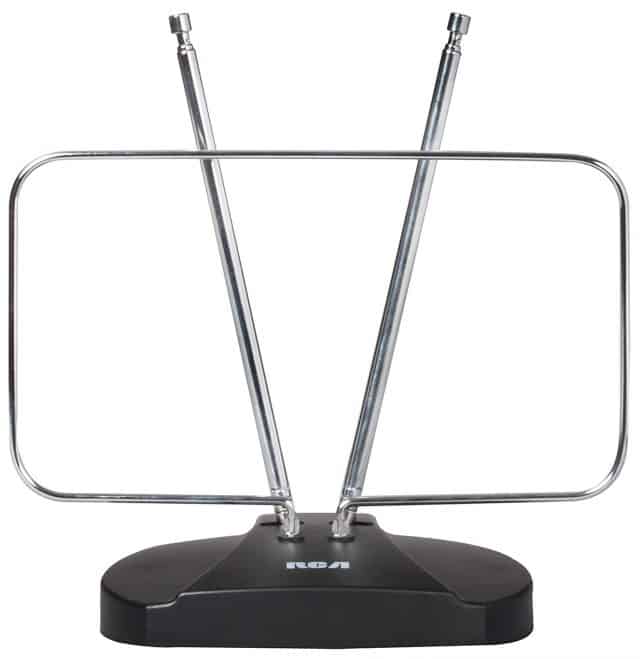
A more traditional RCA set-top antenna style common from the early 1970s – today. They work reasonably well and are inexpensive. The two vertical telescoping antennas are for VHF reception and the loop is tuned to receive UHF channels. You need an antenna capable of receiving both bands if you have stations on channels 2-13.
Indoor antennas are only suitable in you live relatively close to the transmitter. In most cases, residents of a city or inner ring suburb can usually get by with two telescoping rod antennas (“rabbit ears”) and a UHF antenna shaped into a small loop or bow tie design. Traditional set-top antennas often incorporate both. The telescoping antennas can be raised or lowered and rotate in various directions until you find the best reception. A UHF antenna usually can be turned to the right or left until best reception is achieved. These antennas are perfectly suitable and cost $20 or less. There are more modern antenna designs, some flat plastic or rubber sheets, others look like miniature replicas of an outdoor antenna mounted on the roof. In most cases, the design itself is what is “revolutionary.” None of these antennas perform miracles, but many are adequate. The key is finding the right direction to point them in or keeping them as close to a window as possible. You may need to find a different window, or change the height or positioning of the antenna to get the best reception.
If your reception remains poor, you need a roof or attic-mounted antenna, (remotely rotatable preferred over fixed-mounted). These antennas are mounted higher in a home, giving a less obstructed view to the transmitter tower, and capable of collecting weak signals that would be non-existent indoors. The biggest cost involved with these is often not the antenna but the installation. A high quality roof-mounted antenna will outperform any indoor antenna and will likely receive some stations from adjacent cities.
A relatively recent development is the “wireless antenna” which receives signals from an antenna placed in an area of the home which gets the best reception and transmits received TV channels over an in-home Wi-Fi network, making long antenna cable runs unnecessary. Unfortunately, reviews of many of these products are mixed and hint the technology has to undergo further development to make it less frustrating.
For now, cord-cutters with reception challenges may find the best solution is to subscribe to one of the streaming providers like DirecTV Now, YouTube TV, Hulu, etc. Be sure to verify which stations are available to you from each service before subscribing as they vary widely in each market.
If investing in a TV antenna, start small and inexpensive and consider trying out antennas available in local stores like Walmart, which can be more easily returned if they are unsuitable. If buying online, stick with a retailer like Amazon.com where independent reviews can help give you some insight into each antenna. Just be careful about overly glowing reviews. Fake/compensated reviews are a significant problem on online retailer websites, especially for unknown or unusual products or brands trying to break through in the market.

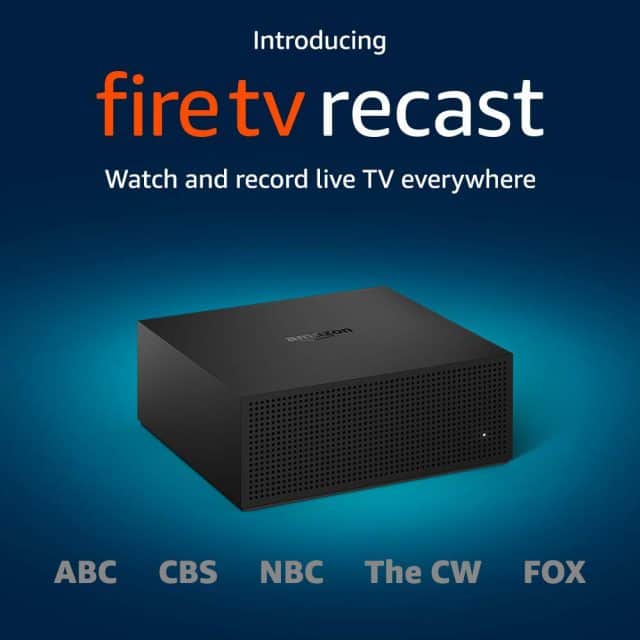


 Subscribe
Subscribe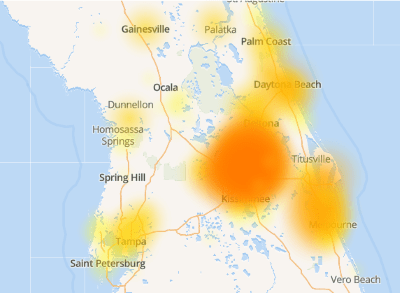
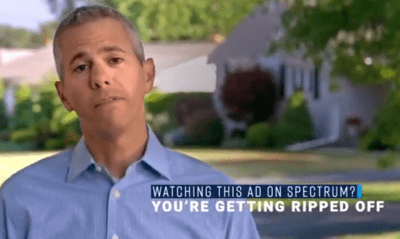
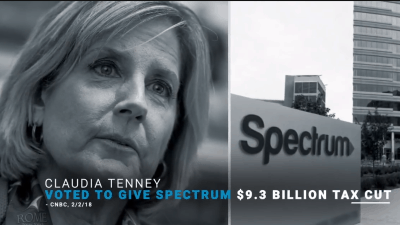
 After the inspector general of the Federal Communications Commission opened an investigation into FCC Chairman Ajit Pai’s close relationship with executives at Sinclair Broadcasting, Pai stopped returning Sinclair’s phone calls and refused any further meetings with America’s largest local TV station owner, at least until last Tuesday when Pai called Sinclair’s general counsel to say its multi-billion dollar merger with Tribune Media was in trouble.
After the inspector general of the Federal Communications Commission opened an investigation into FCC Chairman Ajit Pai’s close relationship with executives at Sinclair Broadcasting, Pai stopped returning Sinclair’s phone calls and refused any further meetings with America’s largest local TV station owner, at least until last Tuesday when Pai called Sinclair’s general counsel to say its multi-billion dollar merger with Tribune Media was in trouble.
